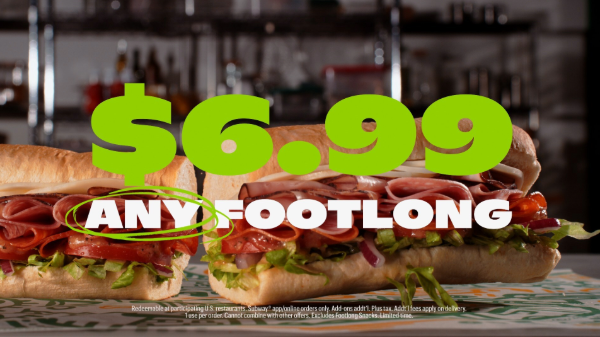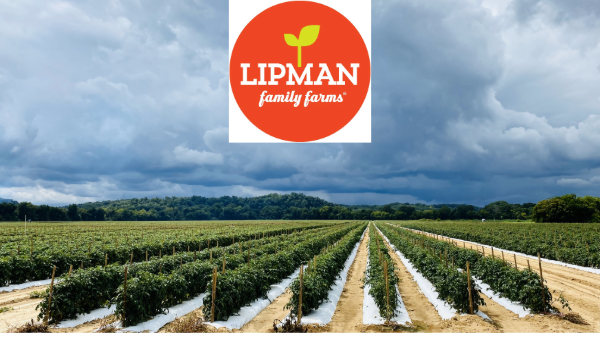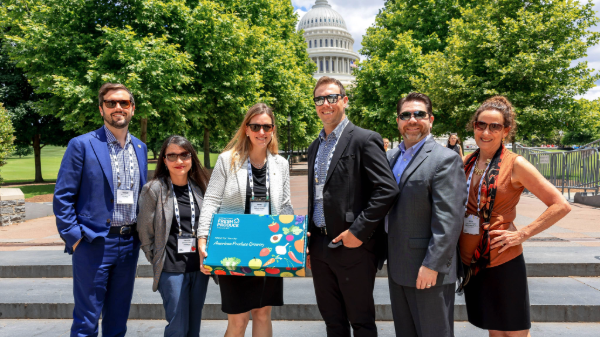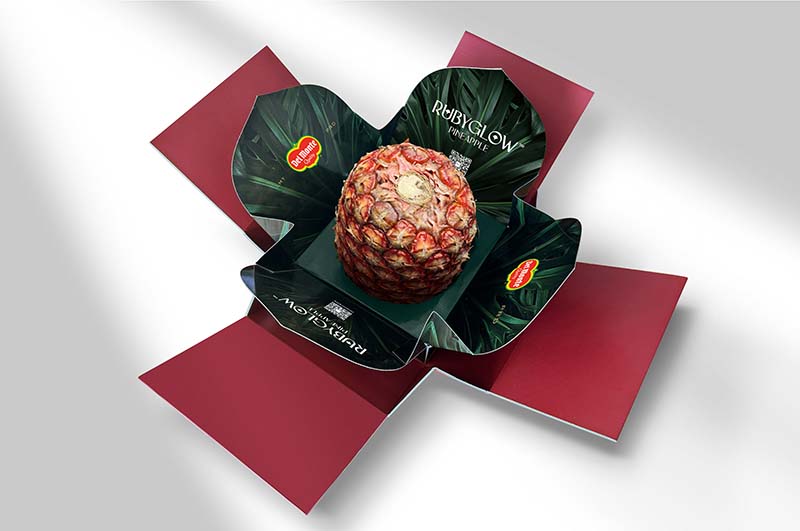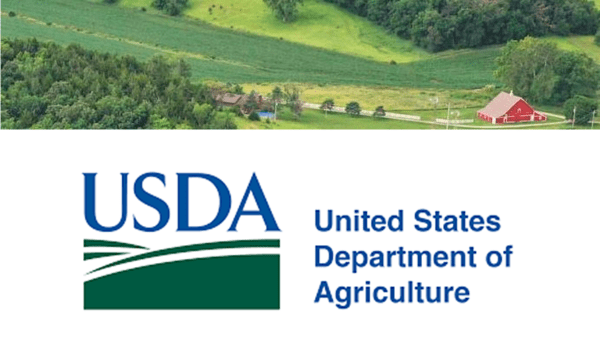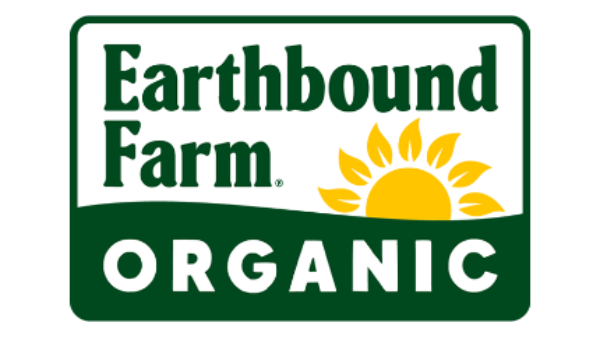Welcome to Blue Book!
Are you ready to join the thousands of companies who rely on Blue Book to drive smarter decisions? View our plans and get started today!
Still have questions? We’d love to show you what Blue Book can do for you. Drop us a line– we’ve been waiting for you.
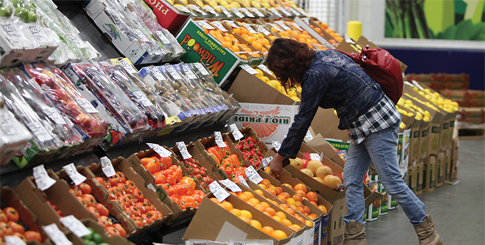
For now, while organics do present opportunities for merchants, conventional produce is still the wholesale market’s bread and butter.
New varieties and packaging
For customers who do want organic, the ‘whole package’ is important. “In addition to managing consistent supply, we offer biodegradable packaging,” Maxwell observes, noting this is equally important to some customers and consumers.
And with both organic and conventional, meeting the various needs of retailers brings value and loyalty to wholesalers.
“We listen to customers, hear their challenges, and look for ways to help,” notes Maxwell. “This includes breaking down packages so they don’t have to sell whole boxes, which reduces shrink, and helping meet their customers’ demand for rotation and variety. If you can help customers solve their challenges, you become an important part of their business.”
“We keep expanding all of our lines,” shares George C. Manos, president at T.M. Kovacevich. “It seems that more varieties create more opportunities. For example, with cherries both varieties and quality have increases over the last few years and that has been a very good deal for us. In a sense, we’re partners with retailers who are meeting their consumer needs for new varieties and promoting what we can bring to market—it creates mutual opportunity.”
Lastly, various types of greens continue to move well on the market. “All the leafy stuff is picking up steam,” comments Secamiglio. “Collards, Swiss chard, and kale—kale is selling like crazy, it just does not stop. We went from selling 100 boxes a week five years ago to 2,000 boxes a week today.”
“Over the last few years, there has been the boom about antioxidants and health— and kale has definitely benefitted,” com-ments Chip Wiechec, president at Hunter Bros., Inc. “Ten years ago,” he recalls, “kale was selling at $8 a box wholesale, and all of a sudden it was $18 a box. As production has increased, it has settled to around $12 per box.”
Going Strong
Although there were certainly overhead costs associated with the move to Essington Avenue, merchants say the new site’s state-of-the art facility, continuous cold chain, easy access, and other amenities more than make up for them.
Five years in, the PWPM’s dealers are still lauding the facility, as sales have increased and shrink has decreased.
In June of this year, the PWPM marked its anniversary with plenty of hoopla. “The celebration was really nice,” comments Christine Hoffman, coordinator for the Market. “Prior to this facility, we were at the foot of the Walt Whitman bridge since 1959. That facility was crumbling and hard for trucks to access.



